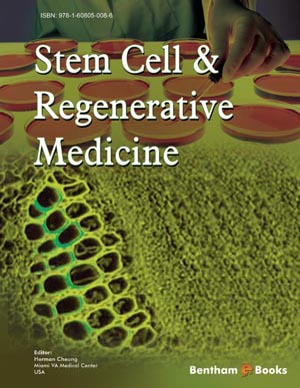Abstract
The use of progenitor/stem cells to modulate the sensory systems in chronic pain is a new field in translational research. This follows 30 years of non-human cell therapy approaches to elucidate which tissue source, cell phenotype, neurotransmitter, or peptide might be antinociceptive in models of pain. Stem or progenitor approaches have been tested in cardiac myopathies, liver dysfunction, stroke, and genetic abnormalities, but almost none have applied progenitor cells to the relief of neuropathic, pain. Perhaps the best studied neural progenitor cell line NT2, has recently resulted in two NT2-derived cell lines: hNT2.17, secreting the inhibitory neurotransmitters GABA and glycine; and hNT2.19, secreting the neurotransmitter serotonin. Each of these NT2-lines has demonstrated antinociceptive potential in models of SCI-related neuropathic pain, in peripheral neuropathy, and diabetic neuropathic pain. These human progenitors may prove to be useful in the relief of chronic pain and open the way to other regenerative approaches to pain management.


















